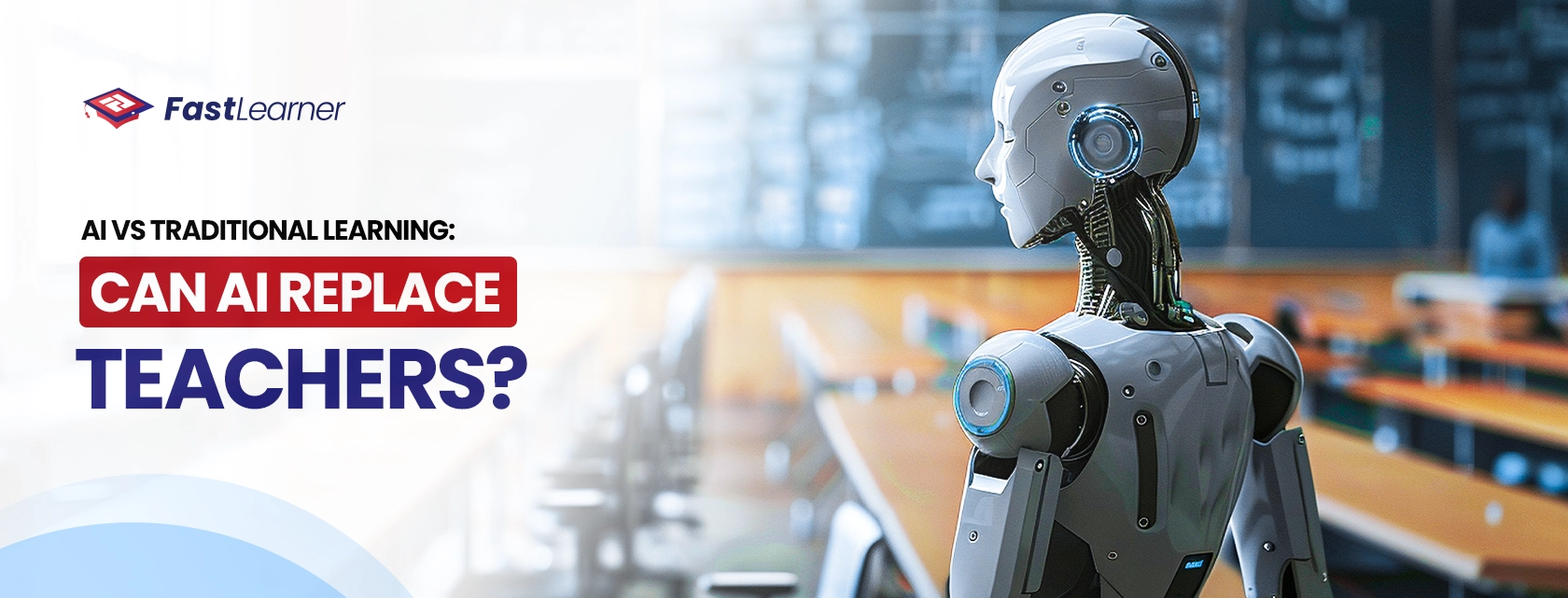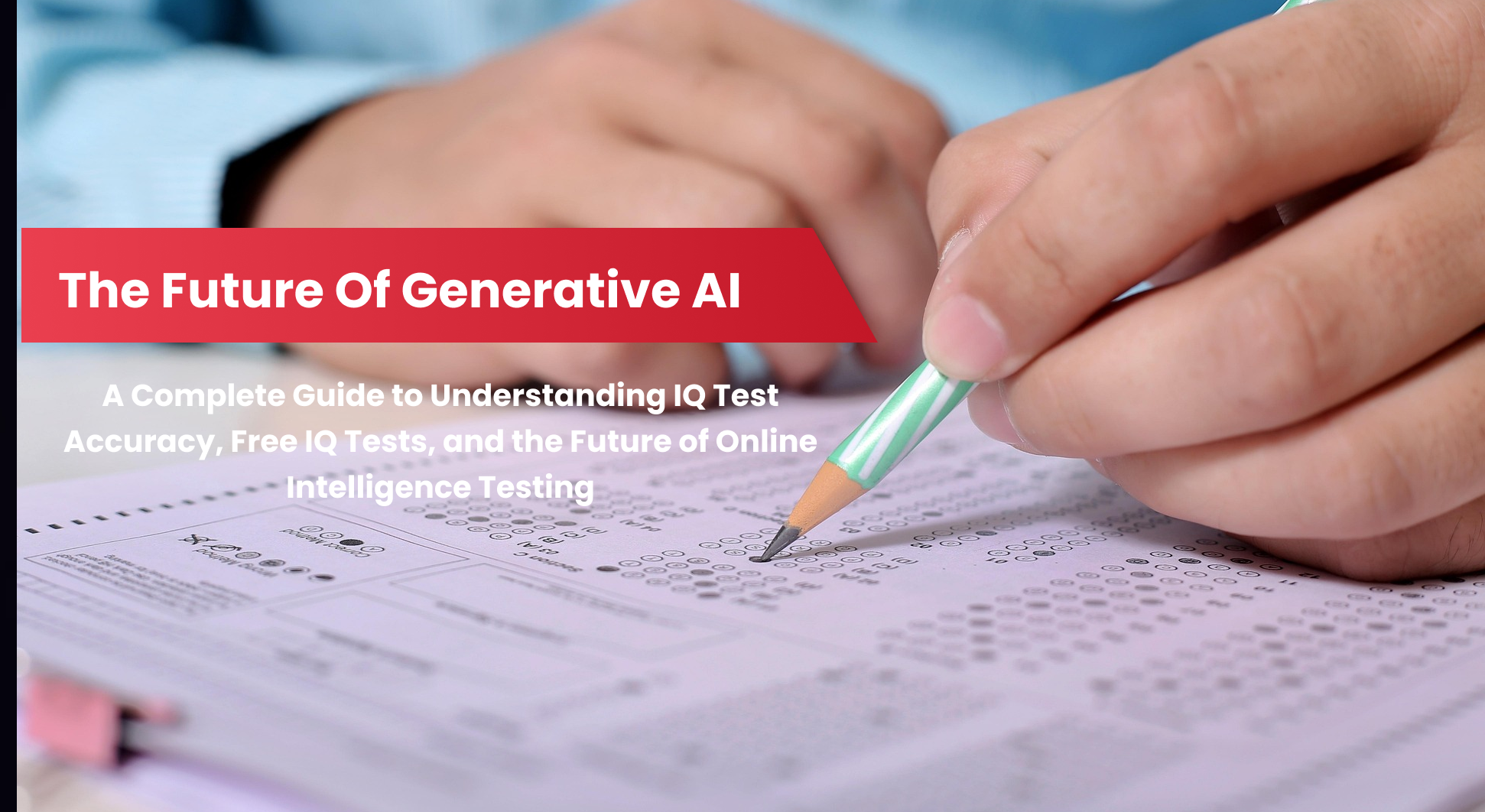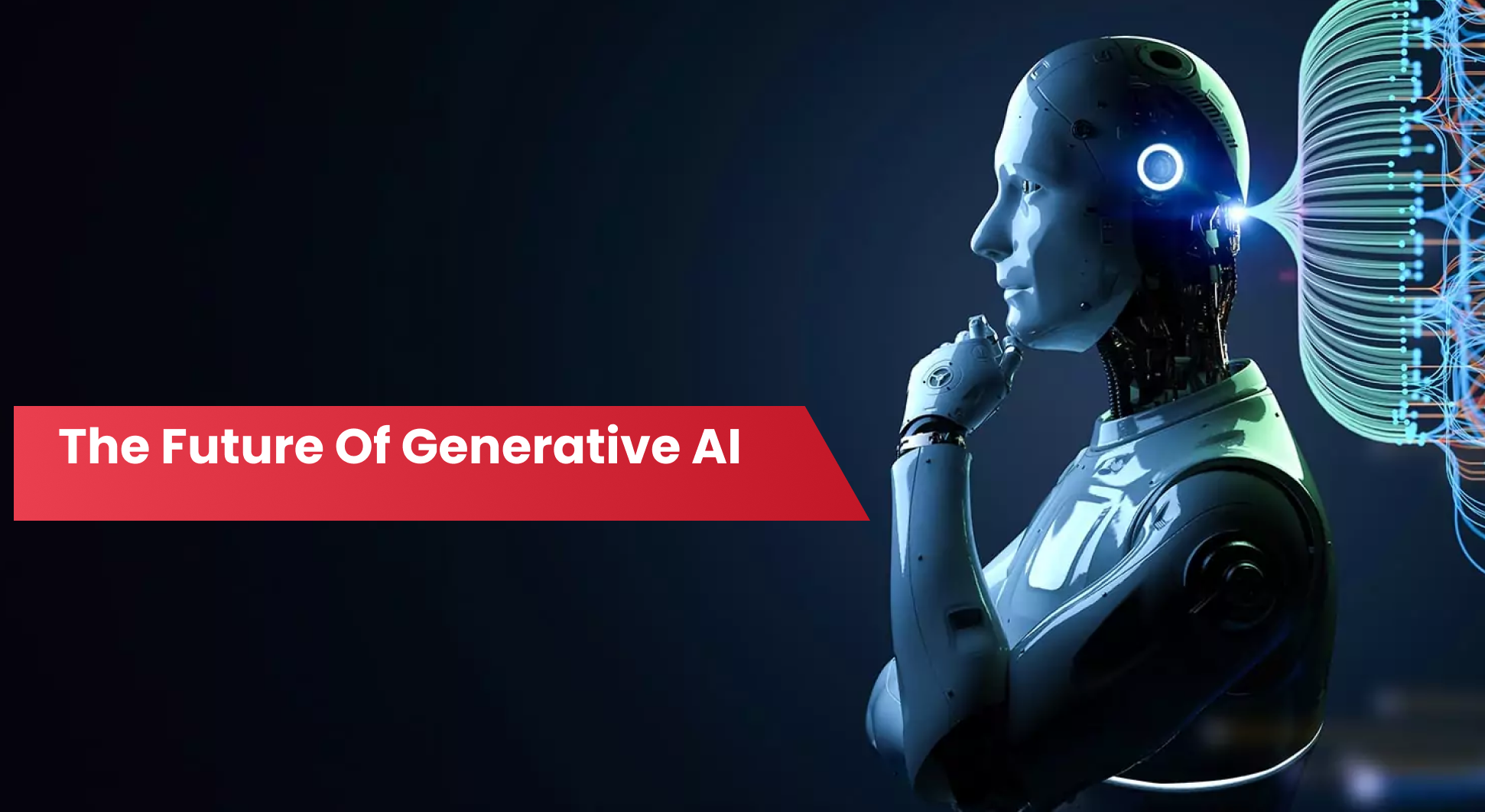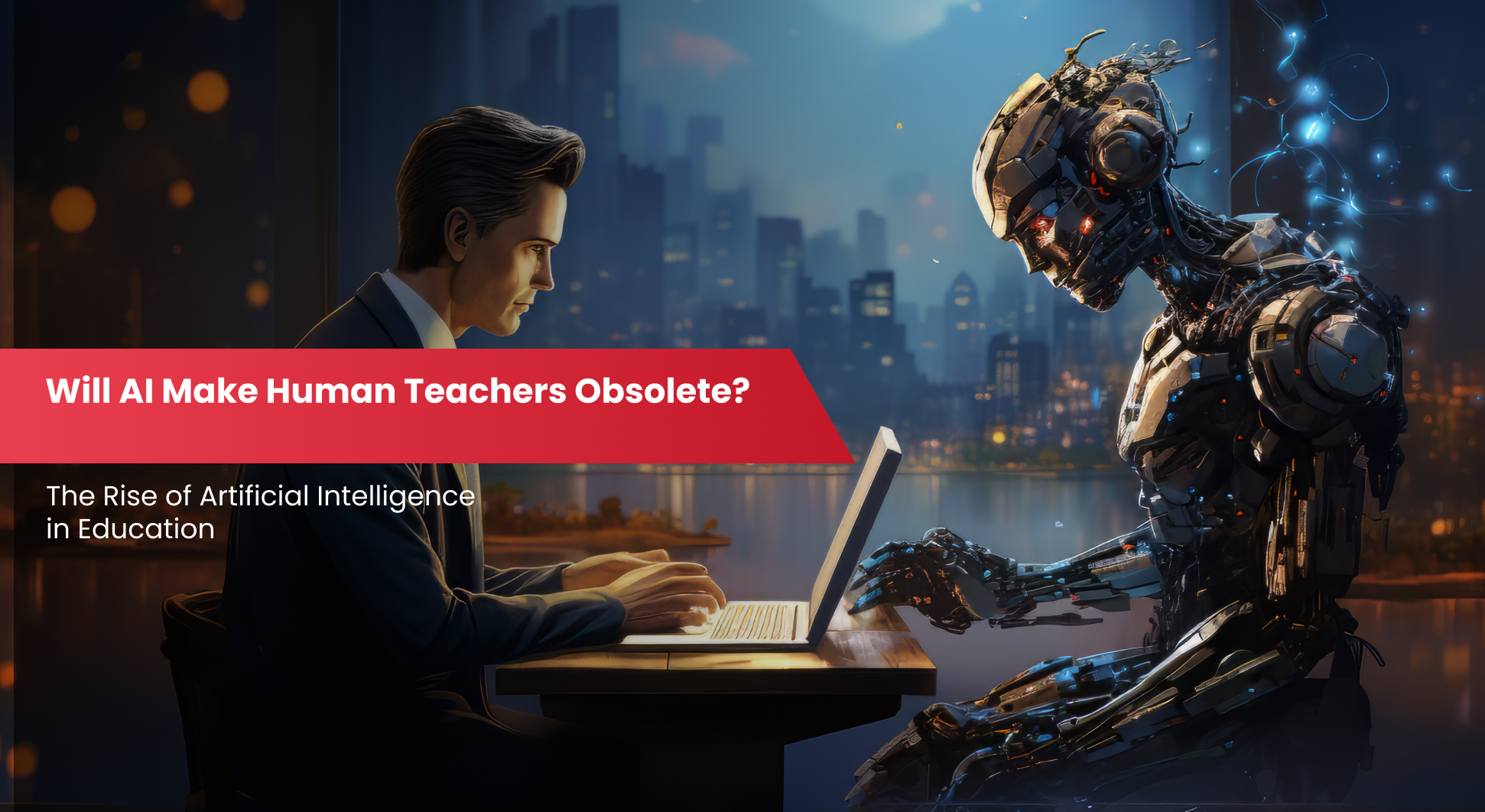In recent years, the rapid advancement of artificial intelligence (AI) has begun to reshape various industries, including education. This transformation raises an important question: Can AI replace teachers?
As educational paradigms shift from traditional methods to AI-driven approaches, the dynamics of teaching and learning are evolving, necessitating a reevaluation of the teacher’s role in the classroom.
Can AI Replace Teachers? (A Brief Overview)
- AI is transforming traditional education and the evolving role of teachers.
- The impact of AI on personalized learning and individualized student needs.
- The benefits and challenges of AI-assisted teaching versus traditional teaching methods.
- AI tools assist teachers in creating customized learning paths and materials.
- The future outlook of AI in education and its long-term influence on the teaching profession.
Understanding the Shift in Education: AI vs. Traditional Learning
The education sector has traditionally relied on a one-size-fits-all approach, often ignoring individual students’ unique needs and learning styles. This model typically involved teachers delivering standardized lessons to entire classes, leaving little room for personalization or adaptation.
However, as we embrace AI technologies, this landscape is transforming. There is an impression that AI is replacing teachers as it can analyze vast amounts of data to identify patterns, tailor educational experiences, and provide real-time feedback, thus moving away from traditional, rigid learning structures.
It is estimated that by 2024, around 50% of teachers will have started using artificial intelligence for lesson planning.
The Role of Teachers in the Era of AI: Can AI Replace Teachers?
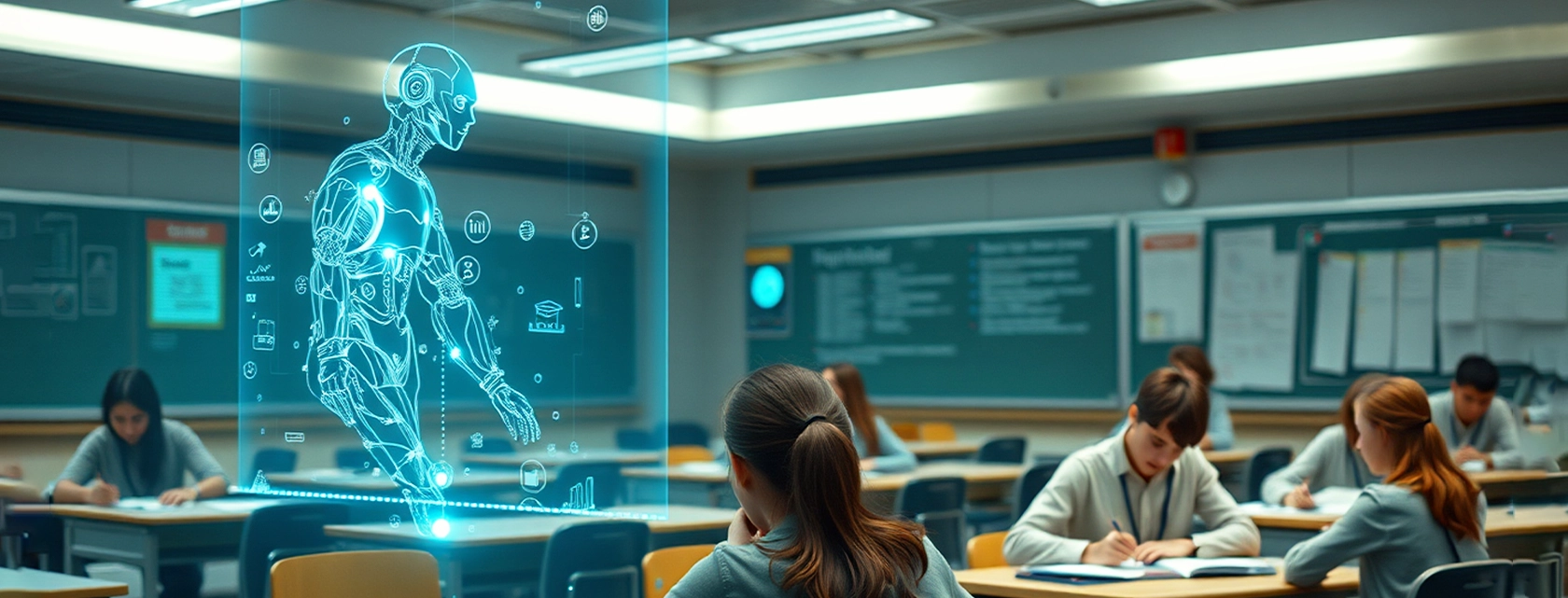
AI technologies can provide personalized learning experiences, but the role of teachers is far from obsolete. Instead, educators are evolving into facilitators, mentors, and guides in this new learning environment. Here’s how AI is changing the role of teachers:
1. From Lecturers to Learning Facilitators
With AI taking over routine instructional tasks, teachers can focus more on facilitating discussions, guiding projects, and supporting student collaboration. For instance, AI-powered platforms and their tools can handle grading and assessments, allowing teachers to dedicate more time to one-on-one student interactions. This shift enhances student engagement and fosters a deeper understanding of the material.
2. Embracing Data-Driven Insights
AI technologies collect and analyze student performance and behavior data, providing teachers valuable insights. Educators can identify which students are struggling and tailor their instruction accordingly. By utilizing these data-driven insights, teachers can implement targeted interventions, ensuring each student receives the support they need to succeed.
3. Fostering Emotional Intelligence and Soft Skills
While AI excels at processing information and providing personalized learning paths, it cannot replicate the emotional intelligence that teachers bring to the classroom. Educators play a crucial role in nurturing students’ social and emotional development. By building relationships, offering mentorship, and promoting collaboration, teachers can help students develop essential soft skills that are increasingly valued in the workplace.
4. Encouraging Lifelong Learning
As AI continues to evolve, teachers must also adapt by engaging in lifelong learning themselves. Professional development opportunities focusing on integrating AI tools into teaching practices can empower educators to stay current with technology trends and enhance their teaching methods. This continuous learning journey enables teachers to model adaptability and growth for their students, preparing them for an ever-changing world.
Benefits of AI in the Classroom

Integrating AI into education offers several advantages that can enhance the learning experience for students and teachers alike.
1. Personalized Learning Experiences
AI-driven platforms, like FastLearner, adapt to each student’s learning style, providing customized resources and recommendations. This personalization, enhanced through AI-based content curation strategies, allows students to engage with the material in a way that suits their preferences, whether visual, auditory, or kinesthetic learners.
2. Real-Time Feedback and Assessment
With AI, students can receive immediate feedback on their performance, enabling them to identify areas for improvement and adjust their learning strategies accordingly. Traditional methods often lack the immediacy of feedback, hindering a student’s progress. AI ensures that learners receive support precisely when they need it.
3. Increased Accessibility
AI technologies can bridge gaps for students with diverse learning needs. For example, AI-driven tools can offer content in multiple languages or adjust the complexity of material based on the learner’s proficiency. This accessibility promotes an inclusive learning environment where all students can thrive.
Overcoming Challenges with AI Integration
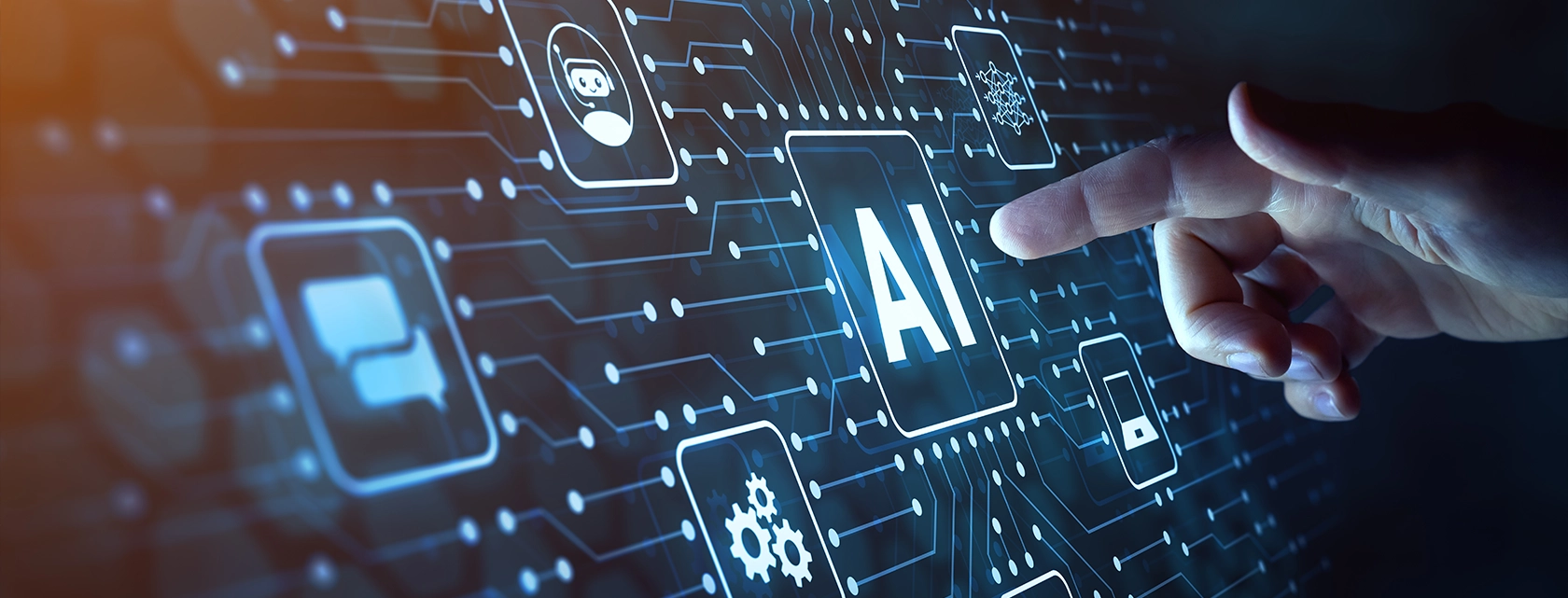
While the potential benefits of AI in education are significant, several challenges must be addressed to ensure successful integration.
1. Equity and Access to Technology
Not all students have equal access to the technology needed for AI-driven learning. Educational institutions must work to bridge this digital divide by providing resources and support to underserved communities. Ensuring that all students can benefit from AI tools is crucial for fostering an equitable learning environment.
2. Teacher Training and Support
As teachers embrace AI technologies, professional development becomes essential. Educational institutions should prioritize training programs that equip teachers with the skills and knowledge to integrate AI effectively into their teaching practices. Ongoing support will empower educators to maximize the benefits of AI while maintaining their vital role in the classroom.
3. Maintaining Human Connection
AI can enhance learning but should not replace the crucial human connection in education. Teachers must balance leveraging technology and fostering meaningful relationships with their students. While AI can provide personalized learning paths, teachers’ emotional support and guidance cannot be replicated.
The Future of Education: Embracing AI and the Teacher's Role
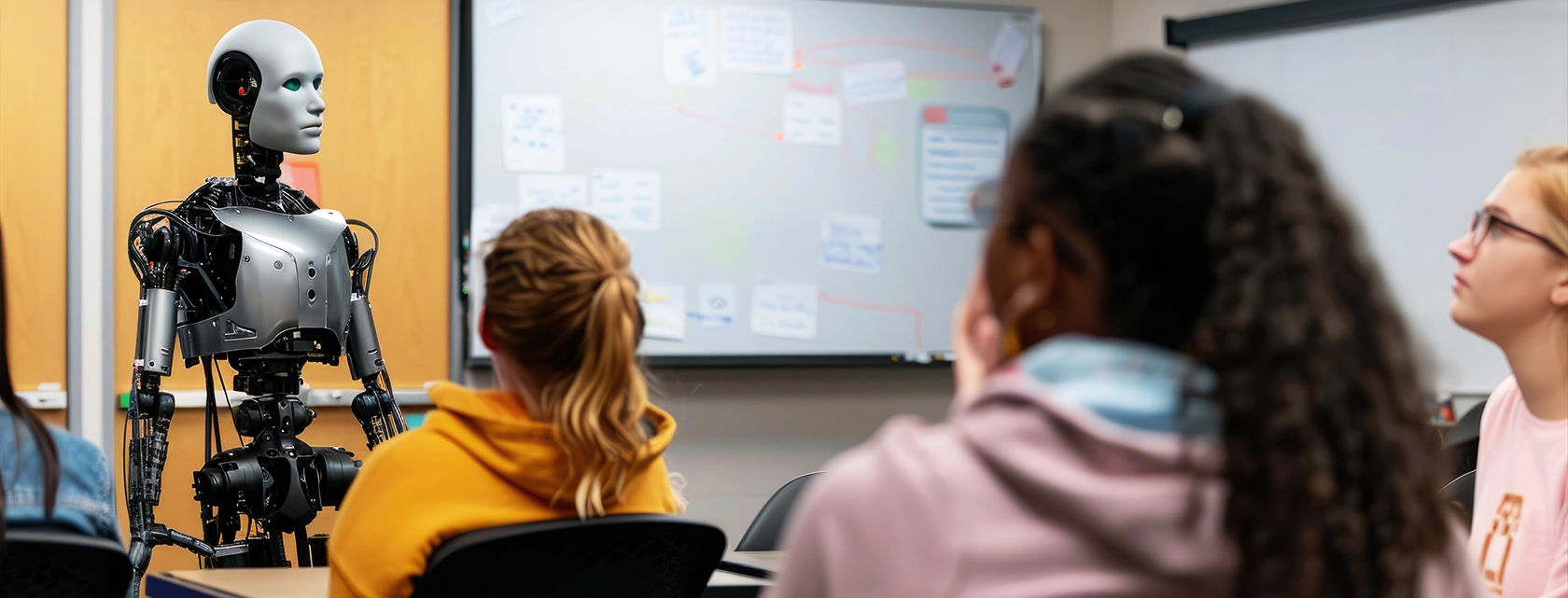
As we look to the future, the question remains: Is AI going to replace teachers? While AI technologies will undoubtedly play a more prominent role in education, teachers will remain indispensable. Their expertise, emotional intelligence, and ability to inspire students are irreplaceable. AI and teachers will collaborate on a large scale to improve education.
1. Collaboration between AI and Educators
The most effective educational environments will harness the power of AI while maintaining a solid presence of teachers. Collaboration between AI technologies and educators can create a dynamic learning experience that addresses individual needs while promoting holistic development. Teachers can utilize AI tools to enhance their instruction, freeing them to focus on what they do best: fostering critical thinking, creativity, and collaboration.
2. Innovative Teaching Methods
As AI becomes more integrated into education, innovative teaching methods will emerge. Project-based learning, flipped classrooms, and blended learning environments will become increasingly popular, allowing educators to tailor their approaches to meet the needs of diverse learners. AI can support these methods by providing real-time data and resources that enhance the learning experience.
3. Preparing Students for the Future
In an AI-driven world, preparing students for future careers will require a shift in focus. Teachers will equip students with the skills necessary to navigate a technology-rich landscape. Educators can help students thrive in a world where AI is a dominant force by emphasizing critical thinking, problem-solving, and adaptability. Artificial intelligence for teachers will play a significant role in students’ future development.
The Dawn of a New Era: Can AI Replace Teachers?
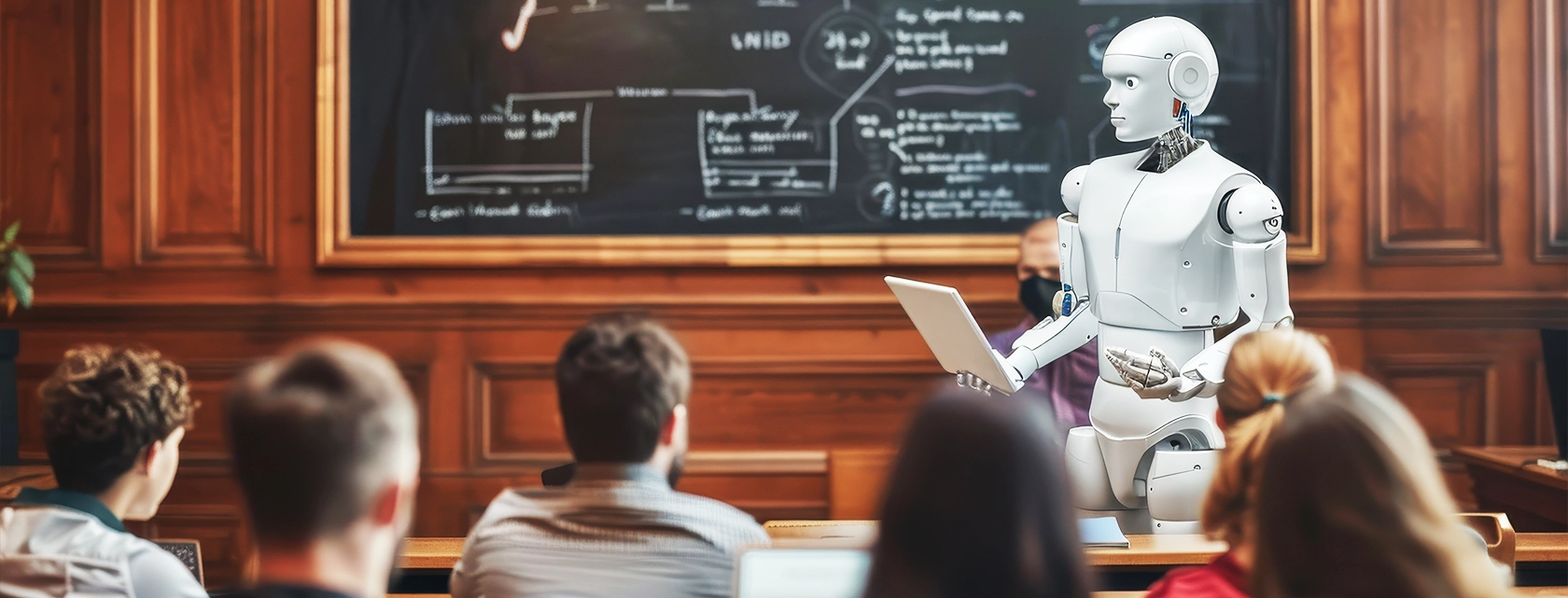
Artificial intelligence is shifting its focus from traditional lecturing to personalized guidance and mentorship. While AI technologies offer numerous benefits, teachers’ human touch remains irreplaceable. By embracing AI as a tool for enhancement, educators can transform the learning experience, creating a more engaging, inclusive, and effective educational environment.
As we continue to explore the intersection of AI and education, it is clear that the future will require a collaborative approach that values the contributions of both AI technologies and dedicated teachers. So, can AI replace teachers? In this new era, the focus will be on creating a harmonious balance that empowers students to thrive in a world where technology and human connection coexist.
Integrating AI into education through platforms like FastLearner can lead to a more personalized, engaging, and effective learning experience for all students. As we move forward, let us celebrate the evolving role of teachers while embracing the opportunities that AI brings to the educational landscape.
FAQs About Can AI Replace Teachers
How can AI replace teachers?
AI can assist teachers by automating tasks like grading, personalizing learning, and providing data-driven insights. However, it cannot replace the human qualities of empathy, mentorship, and adaptability that are essential for teaching.
Will artificial intelligence or AI replace teachers?
AI is unlikely to replace teachers. While it can support and enhance educational processes, human interaction, emotional intelligence, and guidance are essential components of teaching that AI cannot fully replicate.
What is the difference between traditional and AI teaching?
Traditional teaching relies on a one-size-fits-all approach, while AI teaching adapts learning materials to individual student needs, offering personalized learning paths, real-time feedback, and customized content.
What is the role of teachers in artificial intelligence?
Teachers in AI-assisted classrooms guide students through personalized learning, facilitate problem-solving, and foster social and emotional skills. They work alongside AI to enhance student outcomes by providing human insight and mentorship.
Can AI be used in teaching?
Yes, AI can be used in teaching to automate tasks like grading, create personalized learning paths, offer real-time feedback, and provide additional learning resources tailored to each student’s needs.
Can AI replace teachers' debate pros and cons?
Pros: AI can handle repetitive tasks, provide personalized learning experiences, and offer real-time feedback, freeing teachers’ time for more critical tasks.
Cons: AI lacks emotional intelligence, creativity, and the ability to foster relationships, which are crucial in education. It cannot replace the human connection and mentorship provided by teachers.
